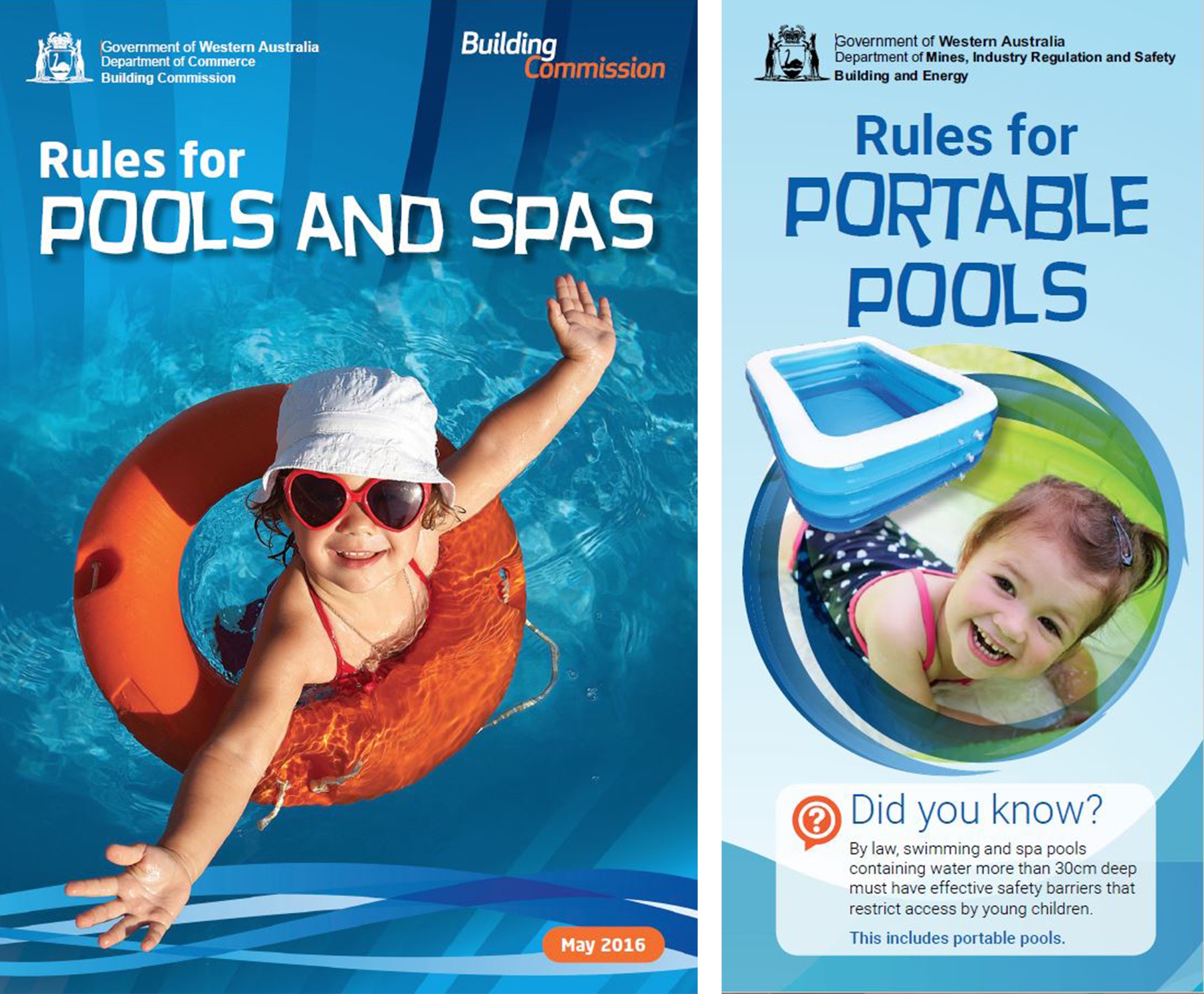While owners and occupiers are responsible for ensuring that any safety barrier restricting access to a swimming or spa pool is maintained and operating effectively at all times, there is no substitute for supervising young children around swimming pools and spas.
Shire President Paul Omodei said "in recent years temporary pools and spas have become readily available to purchase, are easy to set up and often less expensive than a permanent pool. We must remember that although these are only temporary fixtures, they are still a danger and must comply with the regulations".
Cr Omodei went on to say "every year we hear of drownings in home pools, it is tragic and we don't want that happening in our Shire".
The Shire of Manjimup is currently carrying out inspections on private swimming and spa pools to assess their compliance with the relevant standards and legislation.
Please contact Building Services on 9771 7777 or email info@manjimup.wa.gov.au, if you wish to discuss options, require any clarification or to make an appointment to undertake an inspection.
In Western Australia, private swimming pools and spas with water that is more than 300mm deep must have a compliant barrier installed. This is intended to help prevent drowning deaths and injury. This requirement applies to:
- in-ground pools and spas
- above-ground pools and spas (including inflatable and portable pools and spas)
- indoor pools and spas (but not spa baths that are normally emptied after each use)
- wading pools (containing water that is more than 300mm deep)
In Western Australia, the design construction and installation of private swimming and spa pools and their safety barriers is subject to strict building requirements under the Building Regulations 2012 and the Building Act 2011.
Owners and occupiers also have ongoing legal obligations to maintain the safety barriers at all times.
Children under 5 recorded the largest number of drowning deaths in swimming pools, accounting for 36% of all swimming pool drowning deaths in 2017/2018.
Key messages include:
- supervise children when around water
- check pool barriers are compliant and in good working order
- learn to swim and survive
- learn lifesaving skills
- check conditions before activity
You can find more information in the publications below.



